Cardiac Arrest: What You Should Know

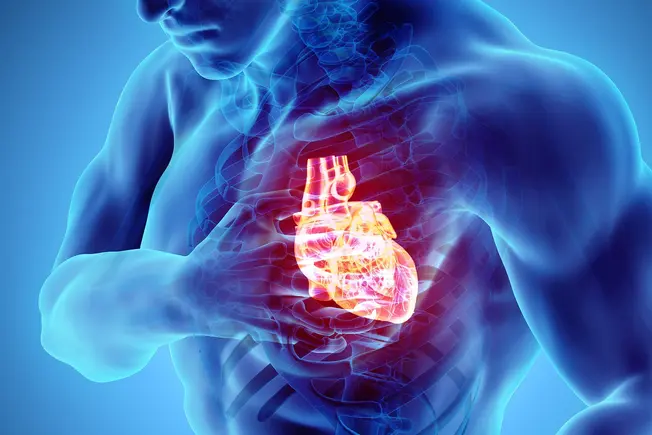
What Is It?
Cardiac arrest, sometimes called sudden cardiac arrest, means that your heart suddenly stops beating. This cuts off blood flow to the brain and other organs. It’s an emergency and is deadly if not treated immediately. Call 911 right away!

Symptoms
Cardiac arrest is quick and drastic: You suddenly collapse, lose consciousness, have no pulse, and aren’t breathing. Right before it happens, you could be very tired, dizzy, weak, short of breath, or sick to your stomach. You may pass out or have chest pain. But not always. Cardiac arrest can happen with no warning signs at all.
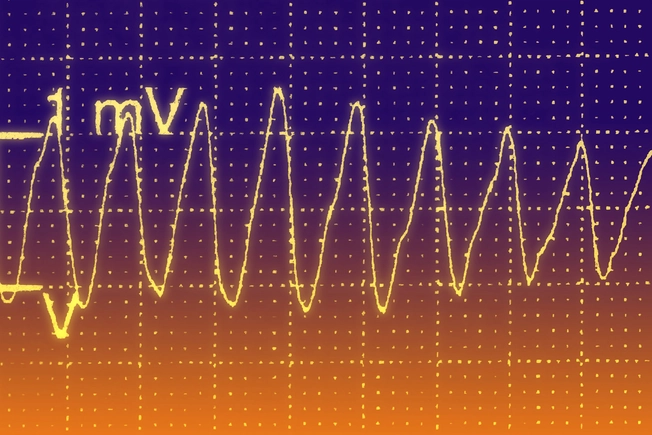
What Happens
Your heart has an electrical system that keeps it beating regularly. Cardiac arrest can strike if the electrical signals go haywire and cause an irregular heartbeat, or arrhythmia. There are different types of arrhythmias, and most aren’t dangerous. One called ventricular fibrillation triggers cardiac arrest the most. If this happens, the heart can’t pump enough blood to your body. That’s life-threatening within minutes.
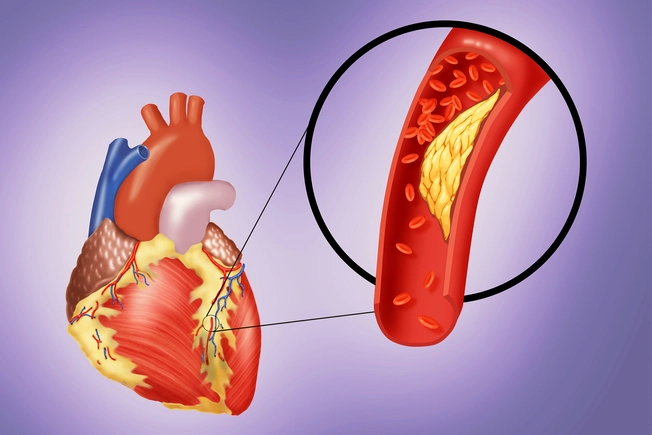
Heart Disease Link
Many people who have cardiac arrest also have coronary artery disease. Often, that’s where the trouble starts. Having coronary artery disease means less blood flows into your heart. This can lead to a heart attack that damages your heart’s electrical system.
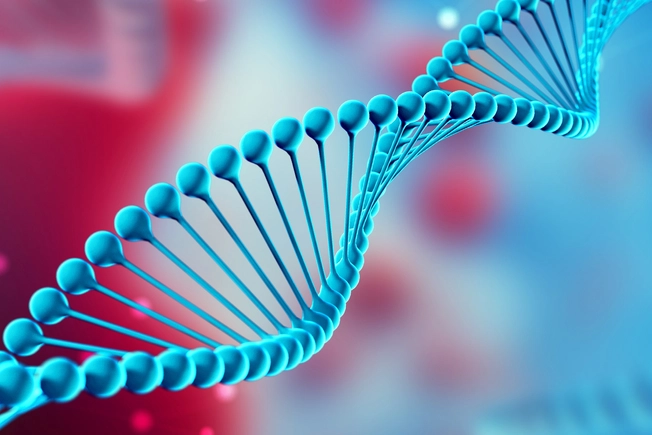
Other Causes
Cardiac arrest can also happen for other reasons, including:
- Major blood loss or severe lack of oxygen
- Intense exercise, if you have heart problems
- Too high levels of potassium or magnesium, which could lead to a deadly heart rhythm
- Your genes. You may inherit certain arrhythmias or a tendency to get them.
- Changes to your heart's structure. For instance, an enlarged heart or changes caused by an infection.
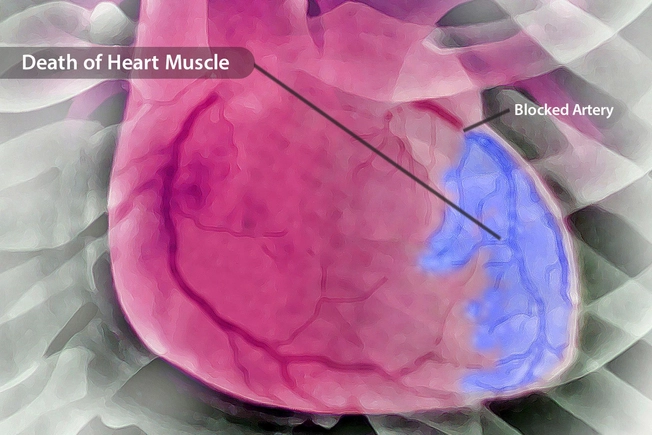
Not a Heart Attack
Unlike cardiac arrest, your heart doesn’t usually stop during a heart attack. Rather, blood flow is blocked in a heart attack, so your heart doesn’t get enough oxygen. That can kill some of the heart muscle. But the two are linked: The scar tissue that grows as you recover from a heart attack can mess with the heart’s electrical signals and could put you at risk. And a heart attack itself can sometimes trigger cardiac arrest.
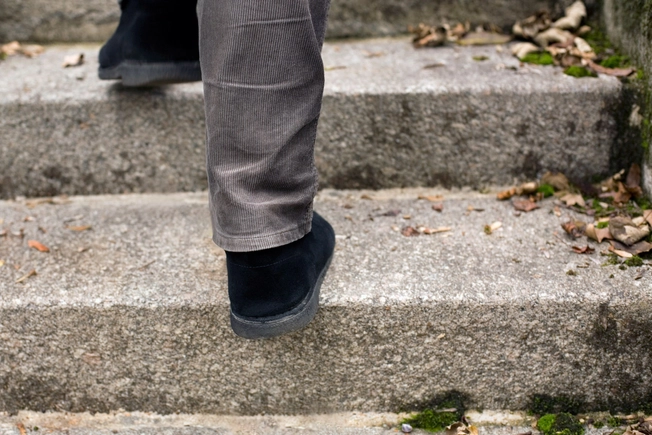
Not Heart Failure, Either
Cardiac arrest strikes suddenly. It’s an instant crisis. Heart failure is different. It’s a condition where your heart gets weaker over time until it can’t send enough blood and oxygen around your body. When your cells don’t get enough of these nutrients, your body doesn’t work as well. You may find it hard to catch your breath when you do simple things like carry groceries, climb stairs, or even walk.

At Risk for Cardiac Arrest
It’s more likely if you:
- Have coronary artery disease (This is the biggest risk.)
- Are a man
- Have had arrhythmias or cardiac arrest, or someone in your family has
- Smoke or abuse drugs or alcohol
- Have had one or more heart attacks
- Have diabetes, high blood pressure, or heart failure
- Are obese
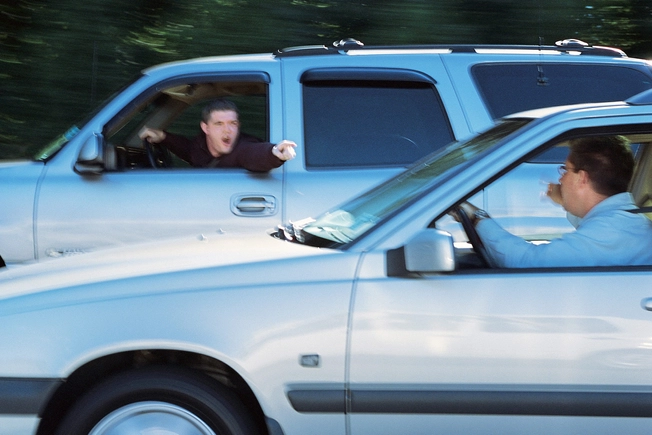
Intense Emotion
Sudden strong feelings, especially out-of-control anger, can prompt arrhythmias that trigger cardiac arrest. Mental health conditions such as anxiety and depression also may make you more likely to have it. That’s one more reason to tell your doctor or see a counselor if you’re having a hard time.
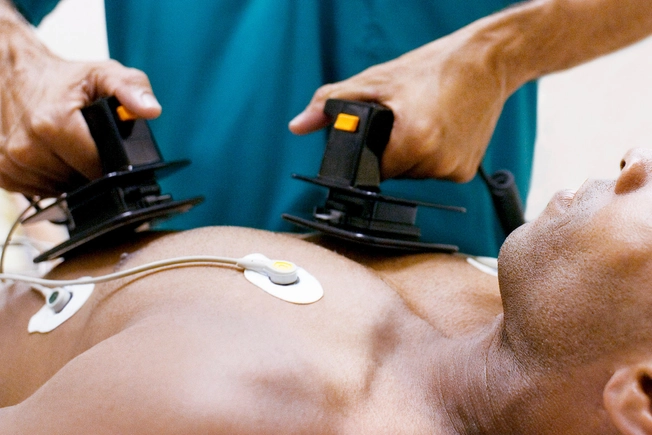
Treatment
If you have cardiac arrest, you need immediate treatment with a defibrillator, a machine that sends an electric shock to the heart. This shock sometimes can get your heart to beat normally again. But it must be done within minutes to help. First responders like police, firefighters, and paramedics usually have a defibrillator and know how to use it. Some public places have a version of the machine, called an AED, that anyone can use.
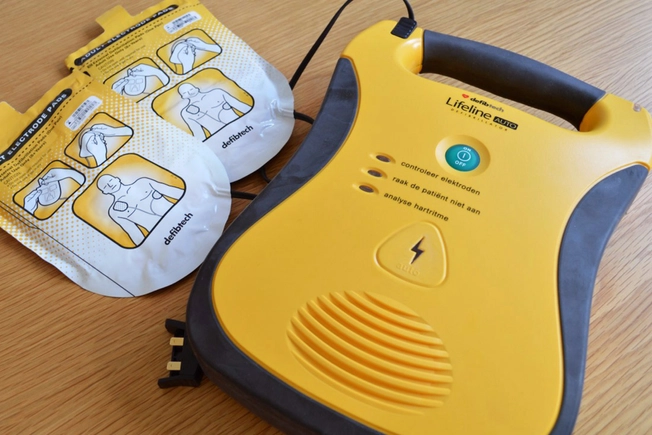
AED: What to Do
You don’t need training to use an AED (automated external defibrillator). Just follow the directions. This device can sense dangerous arrhythmias and send a lifesaving shock to the heart if needed. If you think someone is having cardiac arrest, call 911 and send someone to look for an AED. Do CPR until the AED or emergency responders arrive.
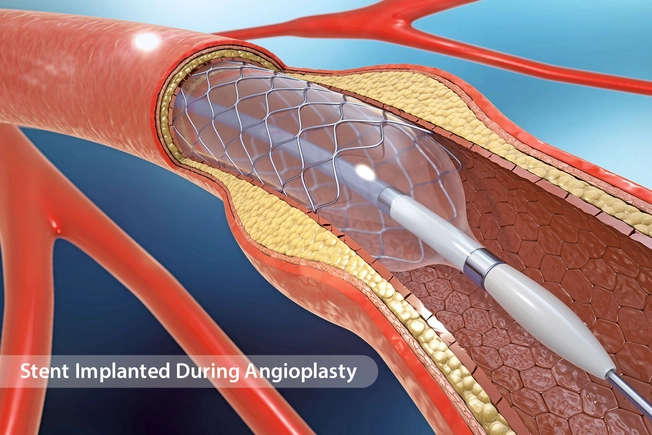
At the Hospital
The doctors will watch you closely. They will try to find out what caused your cardiac arrest and treat the problem. If you have coronary artery disease, you may get a bypass or a procedure called angioplasty to open narrowed or blocked arteries in your heart. You may also get medicines and advice for lifestyle changes to lower your chances of having it again.
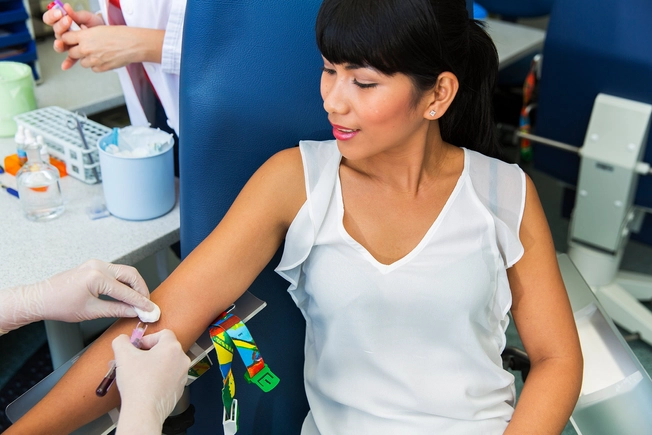
See a Cardiologist
After you recover, you’ll see a heart doctor (cardiologist), who will check your heart’s electrical system and come up with your treatment plan to try to prevent another cardiac arrest. You might get blood tests and other types of studies to check on your heart.
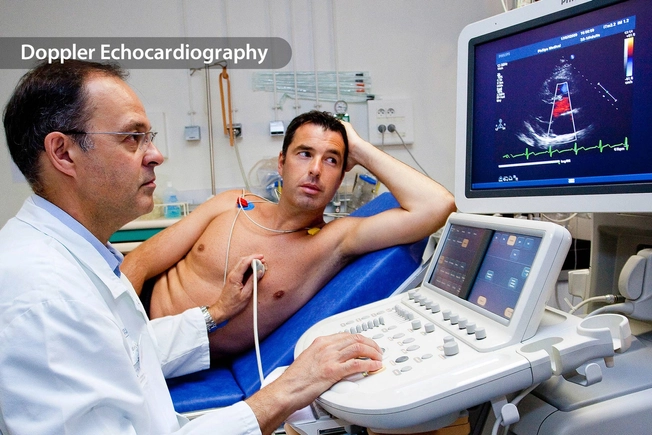
What Other Tests Might I Get?
Your doctor may recommend:
- EKG (electrocardiogram): It reads your heart's electrical activity.
- Echocardiography: It shows your heart’s size, shape, and how well it works.
- Cardiac MRI(magnetic resonance imaging): This makes detailed pictures of your heart at work.
- MUGA (multiple gated acquisition): You get a little radioactive material injected into your bloodstream to help special cameras take pictures of your heart.
- Cardiac PET scan: This test checks the blood flow to your heart by using a small amount of radioactive tracer that is then detected by a special camera called a PET scanner.
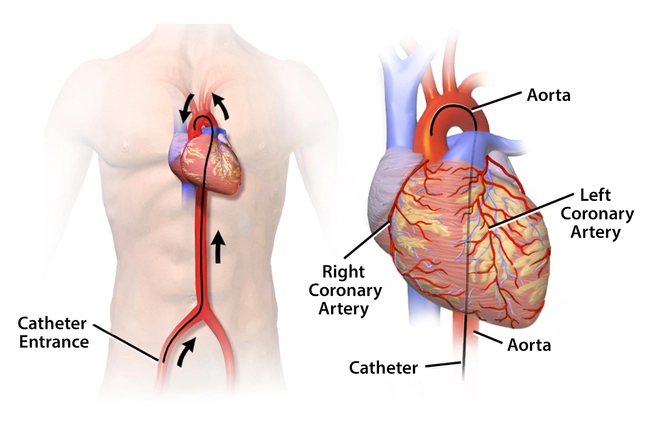
Cardiac Catheterization
Your doctor may put a soft, thin tube called a catheter into a blood vessel in your neck, arm, or upper thigh and guide it to your heart. They may send a special dye that’s visible on X-rays into the tube to check for narrowed or blocked arteries. They can also test your heart’s response to certain drugs or electrical signals. They may even use the tube to do angioplasty, a procedure to open blocked arteries.
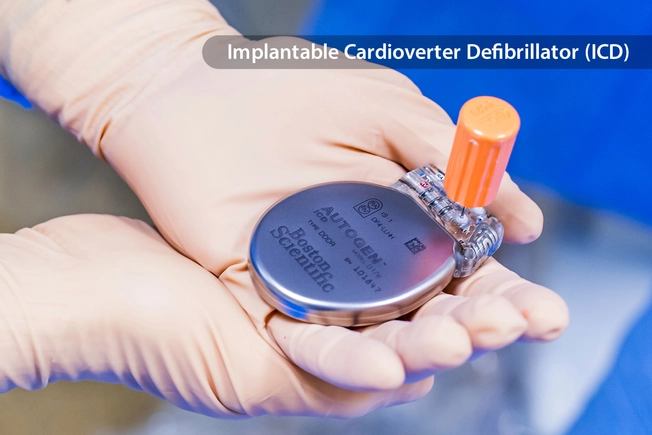
If You Need an ICD
This device is a small automated defibrillator that a surgeon can implant under your skin to send an electric shock to your heart if it finds certain irregular heartbeats. Your doctor may suggest that you get one if you have severe heart disease or have already had cardiac arrest. A surgeon places the ICD under your skin. Some devices include a pacemaker as well as an ICD to keep your heart rhythm regular.

Prevention: Changes That May Help
Watch what you eat. You should get plenty of vegetables, fruits, whole grains, and lean protein.
Get down to a healthy weight. If you’re not sure how, ask your doctor.
Manage stress so it doesn’t get out of control.
Keep moving. Do 150 minutes of exercise a week once your doctor says it’s OK, and don’t sit still for too long.
Quit smoking. It’s a major cause of heart disease that can lead to cardiac arrest.